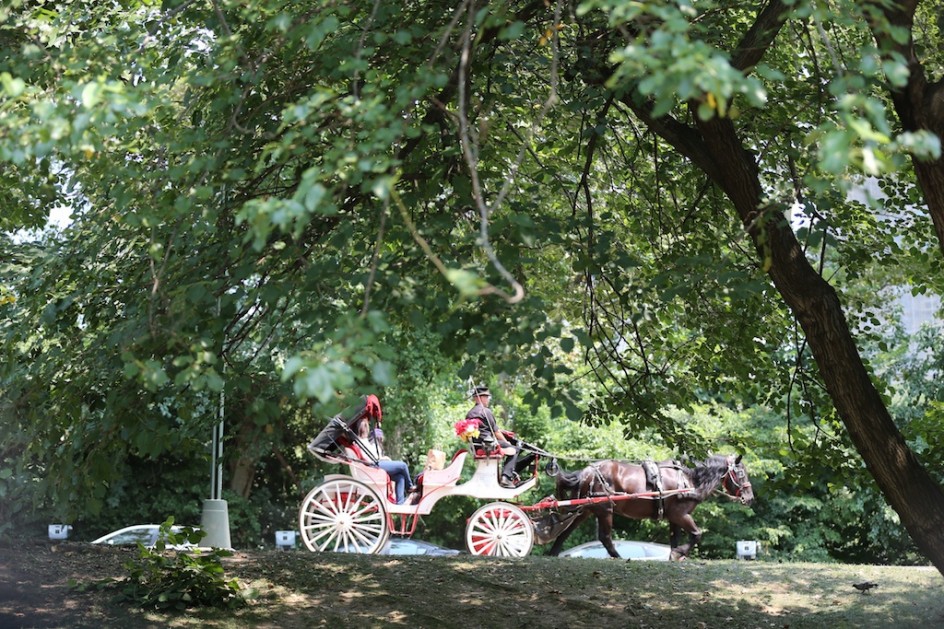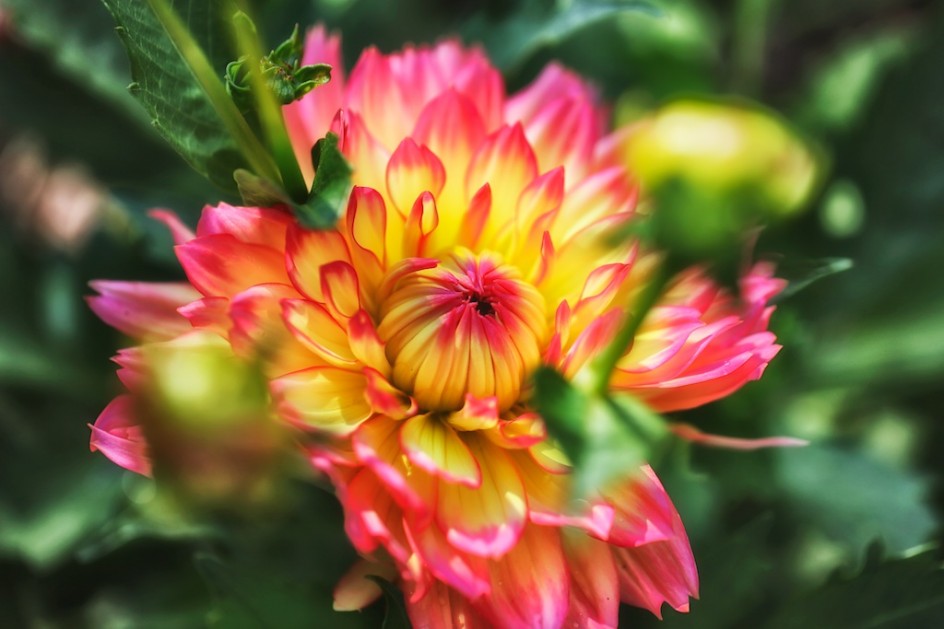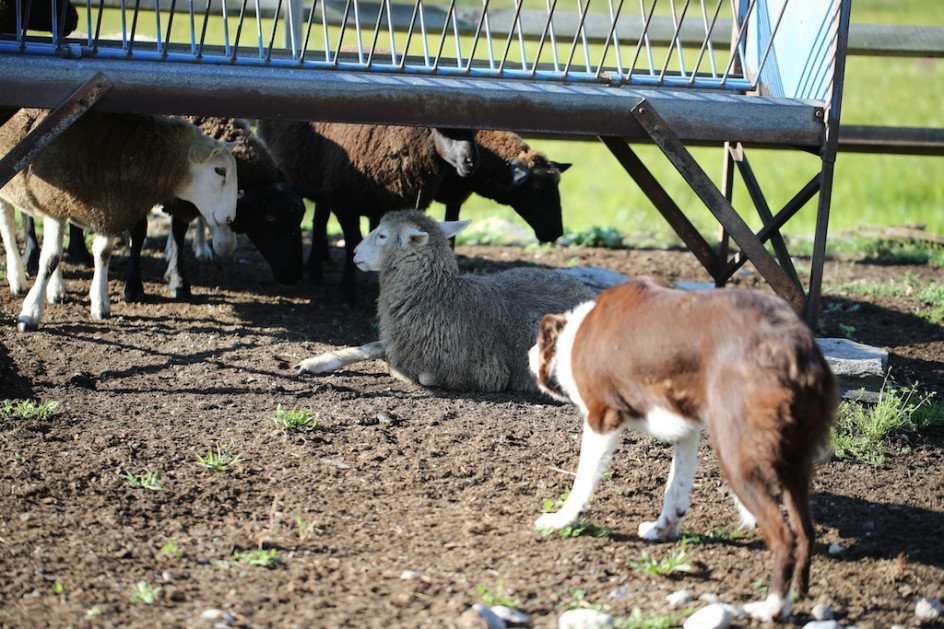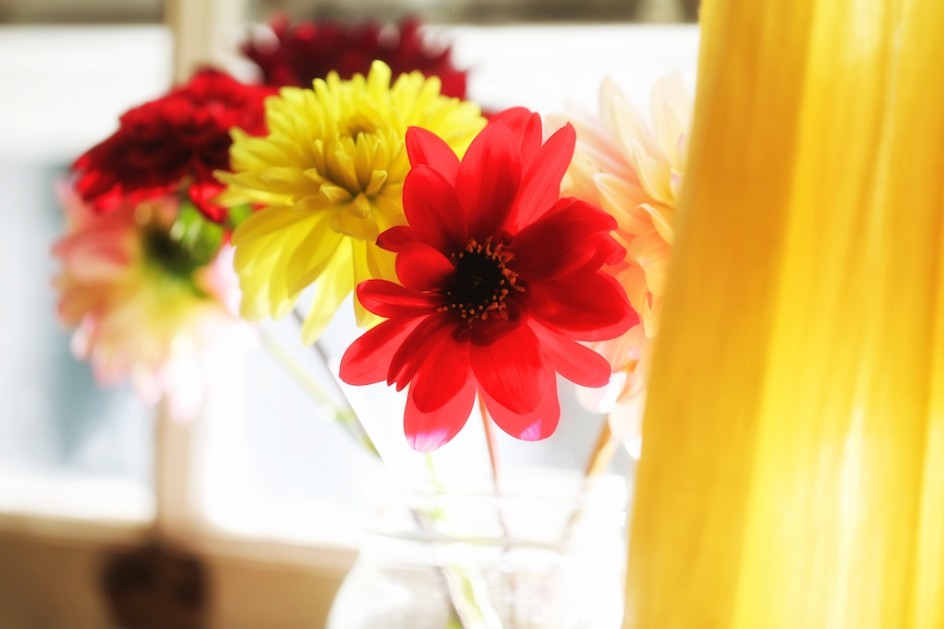
On the Creative Group At Bedlam Farm Thursday, the writer Jennifer Bowman (Finding The Trailhead), wrote about what she called soul hunger, the search for meaning in her life, a search that often takes her into the wilderness. Eventually, she wrote, this quest would bring her to an alligator.
I thought of Joseph Campbell, and his widely-quoted and often misunderstood plea to his students to “follow your bliss,” and go wherever it took them. Follow your bliss, he said, and the universe will open doors where there were only walls. I have long felt the pangs of soul hunger, I think it is a common enough itch for people who want their lives to have purpose and meaning in a world built around money, people who wish to exist for something other than to pay their bills and retire comfortably and safely. The American idea of security is cold and empty to me, I’m on a different path.
Like Jennifer Bowman, I am forever in search of what feeds my soul, and my soul is forever hungry, a ravenous beast all of its own.
The creative soul is restless, and so is the spiritual self. What we seek we can most often never really find, we just never stop wanting it and looking for it. After awhile, I came to see that it is the search that is the bliss.
In the Power Of Myth, Campbell explores the idea more deeply and powerfully. He believes the purpose of myth, the point of a spiritual life, is to awaken a sense of awe in us before the mystery of being.
“The absolute mystery of life, “he writes, “the transcendent reality” – cannot be captured directly in words and images, only symbols and metaphor. Thus, the power of myth. The mystery of life for me is not about discovery, but revolution. Revolution is not about smashing something or taking to the streets, it is intensely personal and individual. If you spent your time and energy thinking about that which you dislike and are attacking, you are bound to it, you will become what you hate.
For me, revolution is about finding the zeal in yourself – the search for the wilderness, perhaps – and bringing it out, pursuing it.
I carry this quote by Campbell in my wallet: “That is what’s given you, one life to live.”
Cable news teaches us to blame the left or the right for our frailties and failures, for a hollow and fearful life. Freud taught us to blame our parents, psychics teach us to blame the stars, the Facebook teaches us to blame our bosses. I believe the only place to look for blame is within. You either do or do not have the courage and strength to bring up your full moon, to seek your own wilderness, to feed your own soul and live the life that is both your potential and your purpose.
The basic story of the hero journey – as Campbell describes – involves giving up where you are, going into the realm of adventure and then coming to some kind of symbolically rendered realization. Then, if you survive, returning, or trying to return, to the normal field of life. Always, the realm of adventure is one of one kind of wilderness or another, of unknown forces and unknown powers. If you are fortunate, magical helpers in the form of animals or people, appear to take you through the darkness and back into the light.
Then there is the refusal of the call. The summons to the hero journey is heard but for one reason or another, aborted, cut off. There is always a reason for not going, not changing, not adventuring. Sometimes this is called a life of regrets.
My soul is hungry for awakening. I live in awe of the mystery of being, the absolute mystery of life. It is, I imagine, beyond knowledge or words, but I have pledged to myself to heed the call, to open doors where there were only walls. Every day, I hear the call to life. That is what has been given me.




